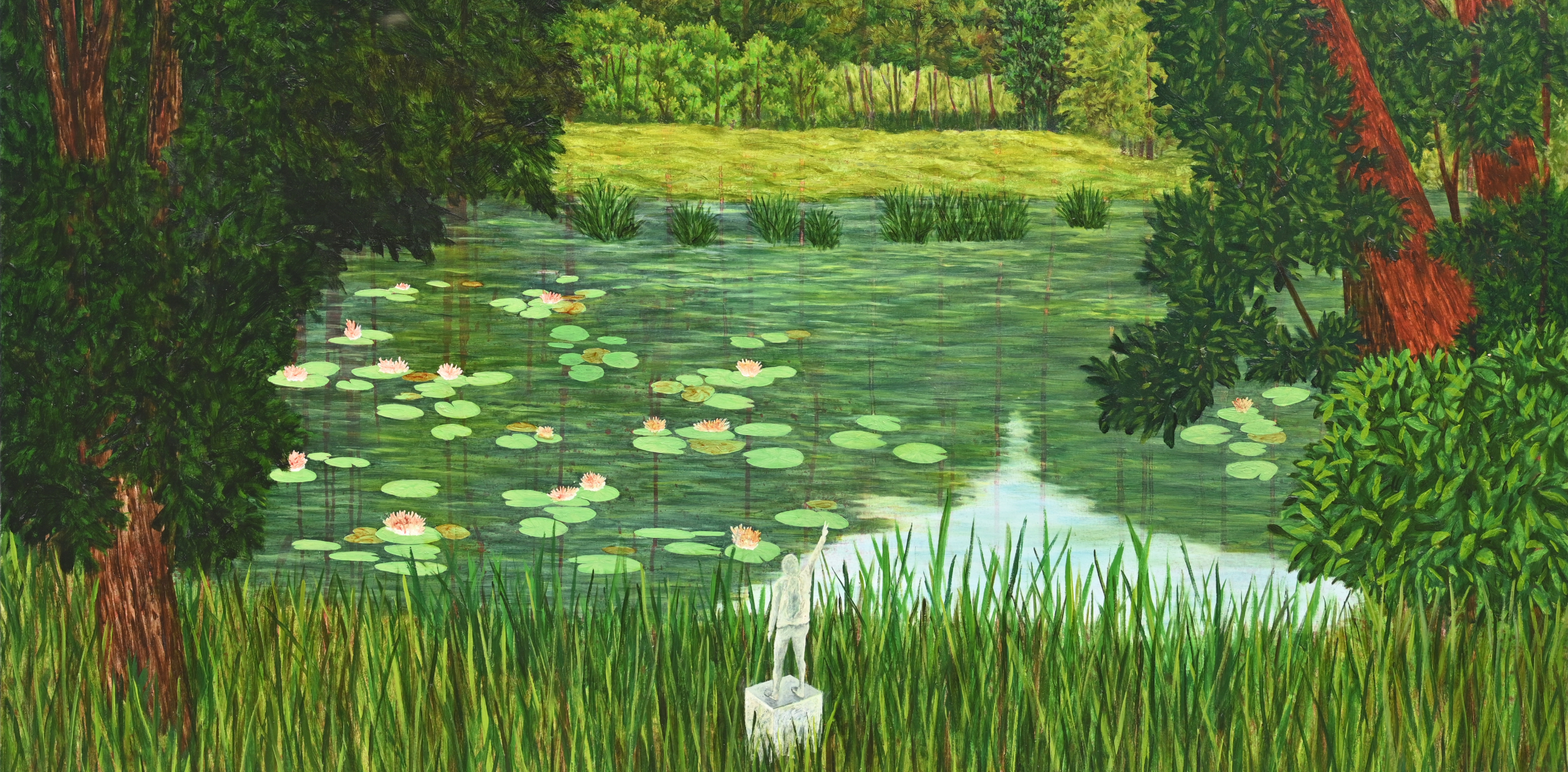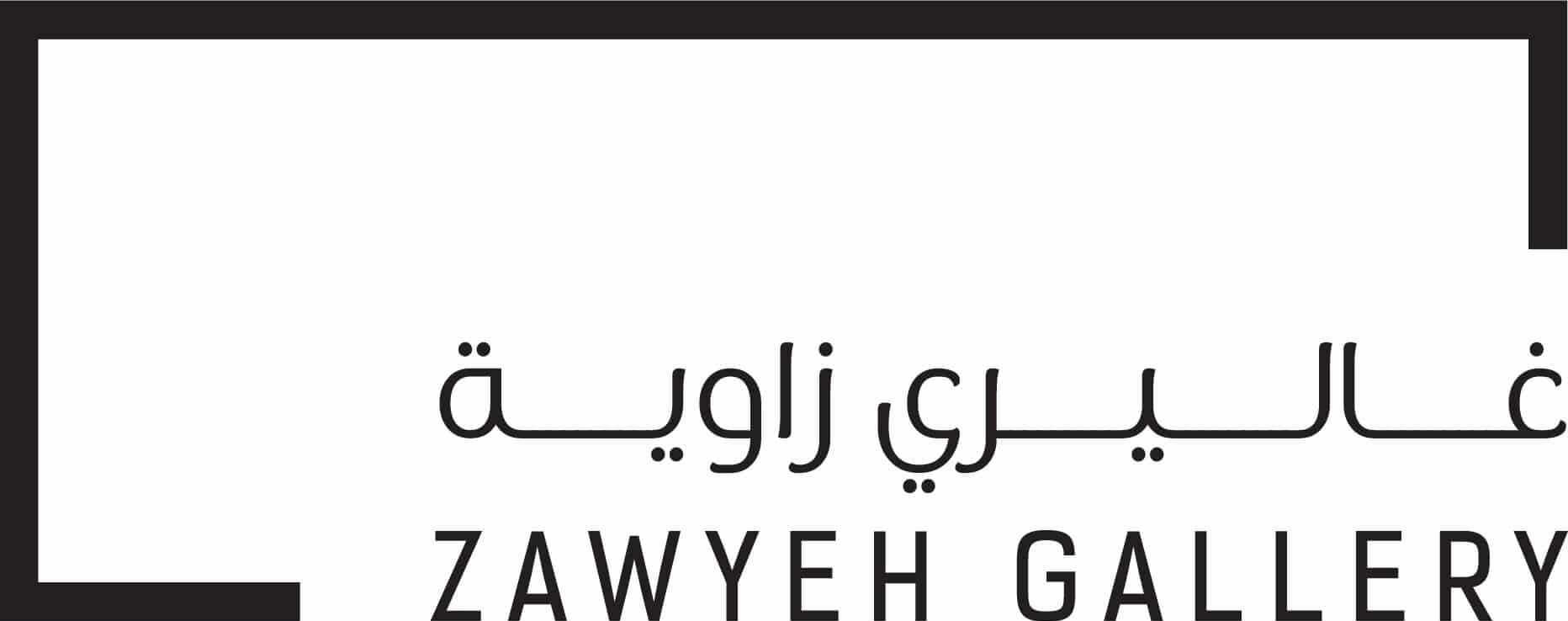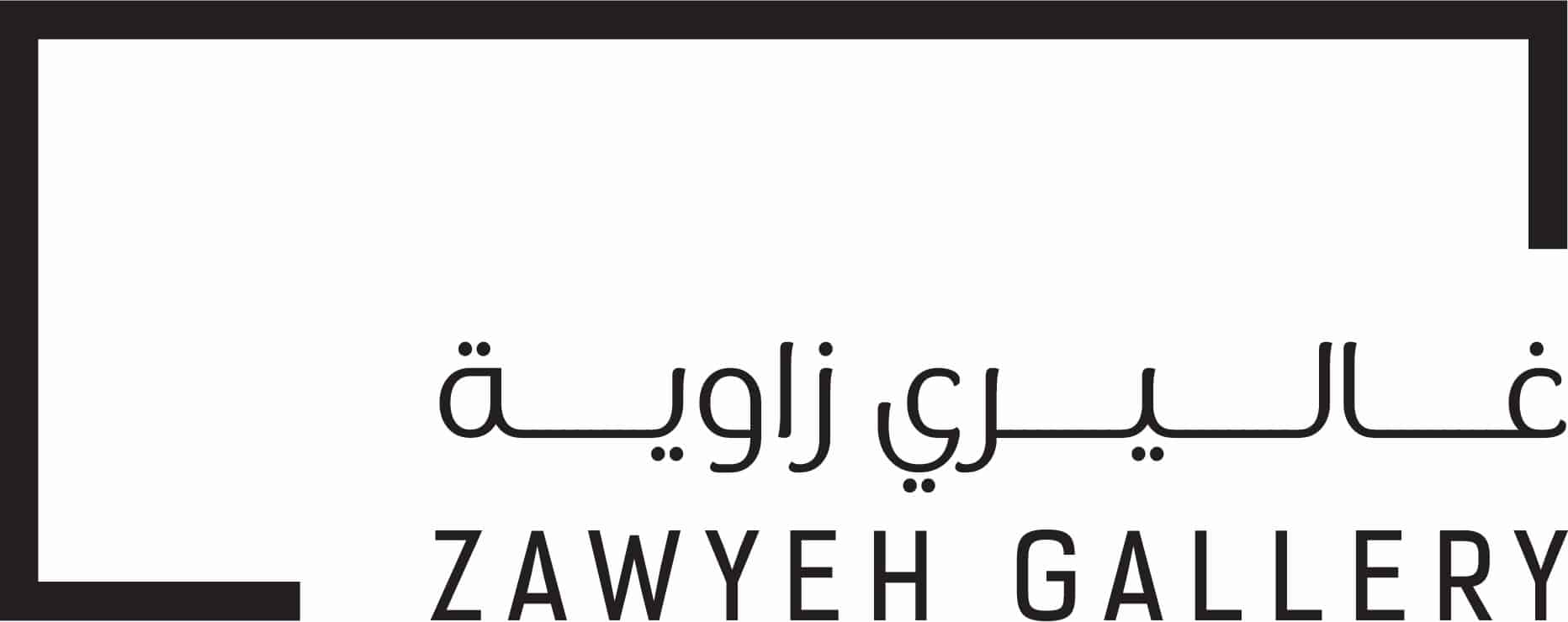
20 November – 24 November, 2024
Abu Dhabi Art 2024
Location: Manarat Al Saadiyat, Booth S15
Zawyeh Gallery is delighted to present an exhibition showcasing works of Amirhossein Bayani, Leila Eskandari, and Nabil Anani at this year’s Abu Dhabi Art.
Amirhossein Bayani explores themes around immigration, protest, and freedom with a particular focus on the struggles of women. Working in the tradition of landscape painting, his latest series, The Season of Ruin’s Remembrance, employs natural elements both as a way of expressing complex emotional states and envisioning a more harmonious future. Each of the paintings was inspired by a real life story of an Iranian woman who fought for freedom and lost her life. Rather than illustrating their heroic and tragic tales, however, Bayani envisions these figures in other-worldly forest settings: they appear memorialized as statues or else as tiny, translucent spirits, glimpsed between the trees, standing on a rock or on the edge of a lake. At a first glance, these landscapes may seem to be paradisal, bursting with colour and life, but there is also an eeriness to the scenes: the shades of green are vivid to the point of being luminous, the foliage so dense it creates a kind of wall, blocking out the light. In two of the paintings, watery drips of red paint run down the canvas, symbolic of the bloodshed not just in Iran but in conflicts across the globe.
Leila Eskandari participates with works from her latest series titled Whispers of Legends, which explores the power of stories to transcend temporal, geographical, and cultural boundaries. In this series, Eskandari looks specifically to the ’Shahnameh,’ or the Book of Kings, an epic poem completed by the Persian writer Abolqasem Ferdowsi in the early 11th century. Consisting of more than 50,000 rhyming couplets, the ’Shahnameh’ serves as a compendium of Iranian myths, legends, and historical episodes and has fascinated Eskandari since childhood. ‘Everywhere I have ventured, I have endeavored to forge connections between the spaces and characters from those tales and the environment that surrounds me,’ she says. In other words, the stories have shaped her perspective of the world, just as myths across all cultures have helped civilizations for centuries to make sense of nature, the cosmos, and human existence.
Nabil Anani sees himself as inseparable from the earth he paints. His latest series, The Land and I, demonstrates how the land is central to his identity and existence, and is also integral to its people. The new series features Anani’s colorful and textured paintings of the Palestinian landscape, which serve as a celebration of Palestine that he dreams of; free, manicured nature, without checkpoints, cement barriers, or settlements. Through the use of organic materials, Anani portrays the Palestinian landscape by using it as a physical medium on his canvas. His works often consist of using natural materials, like wood, straw, dried herbs, seeds, quinoa, and spices, infusing his paintings with the very elements of the earth that he intimately portrays. By grounding his art in the materiality of the land itself, Anani reclaims the Palestinian landscape from the continuous attempts of colonial erasure, emphasizing the sense of attachment, belonging, and continuity.
Join our Newsletter
Sign up for our Newsletter and get all the latest news

